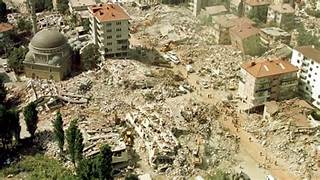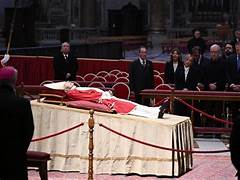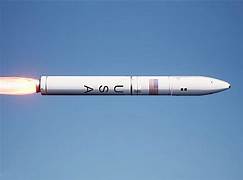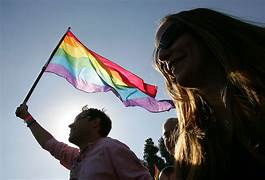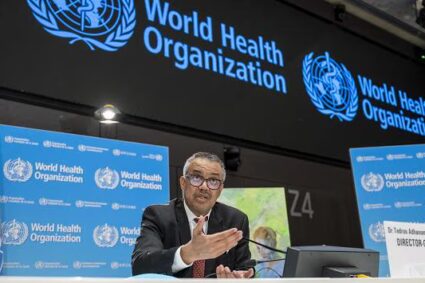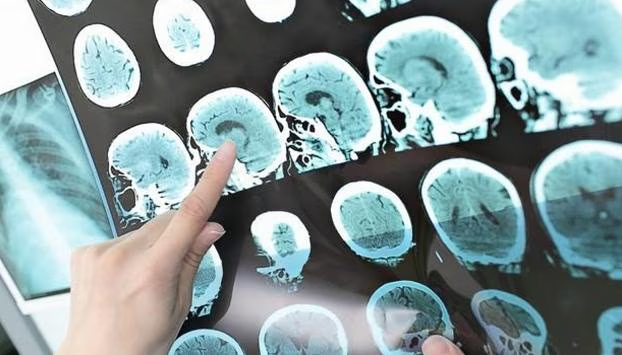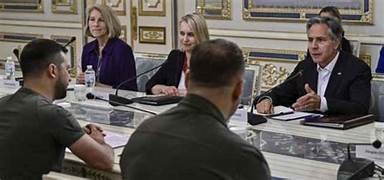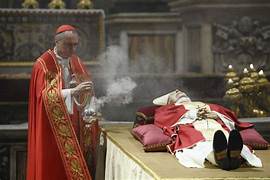
The Conclave that will elect the successor to Pope Francis—expected to be convened between May 5 and 10, according to the rules set out in the Apostolic Constitution Universi Dominici Gregis (1996)—will be an open contest. And that’s nothing new: it’s always been that way and likely always will be. It will be, so to speak, a true “political battle” between opposing visions, priority lists, urgencies, and themes.
Not so much between the so-called “currents” of progressives and conservatives, as they’re often simplified by commentators, but rather between representatives of the global Church—those voices Pope Francis worked to uplift during his papacy—and the heirs of the Western (primarily European and curial) Church, which played a dominant role in previous pontificates.
That’s why one of the key criteria that may guide the electing cardinals will be the unity of the Church, and the urgent need to preserve it amid the centrifugal and centripetal forces that have shaken it in recent years. Choosing a compromise figure, able to hold together these different tensions, might be seen as the best solution.
In this context, one name stands out: Pietro Parolin, 70, the Cardinal Secretary of State, well known even among his fellow cardinals. However, the Vatican’s number two under Pope Francis has two potential drawbacks:
– He is a diplomat, with limited pastoral experience (rarely has a Secretary of State become Pope, with few exceptions like Pius XII),
– And he is Italian, which in a genuinely global College of Cardinals may be seen as inappropriate.
Divisions will also likely arise between those who want to continue Bergoglio’s work and those who found his reforms—in both style and approach—more difficult to embrace.
Before naming potential papabili, one must remember that Pope Francis, as has often been repeated in recent hours, shaped the electoral College in his image and vision of the Church. He appointed 80% of the electors, through ten consistories over his twelve-year pontificate—almost one per year.
Still, a clarification is necessary: the fact that over 100 electors were appointed by Pope Francis does not guarantee that the next Pope will resemble him in style or outlook.
In 2013, after all, Jorge Mario Bergoglio was elected by a majority of cardinals appointed by John Paul II and Benedict XVI, who had chosen like-minded prelates and also shaped the College in their image.
Thus, 108 electors were created by the late Pope, 22 by Benedict XVI, and only 5 by John Paul II. That brings the total to 135 electors. It will be one of the most crowded Conclaves in the history of the Church—if not the most crowded—judging by the last three.

